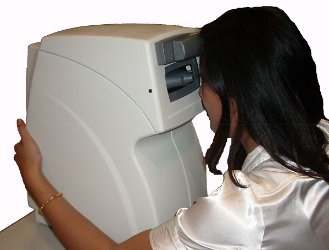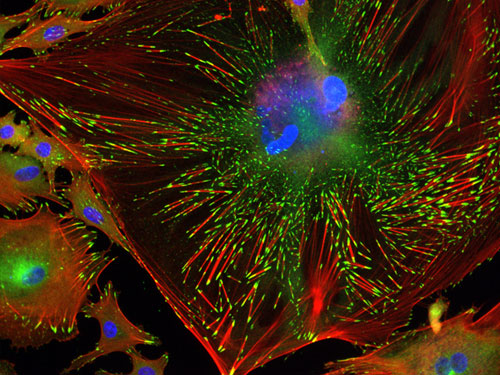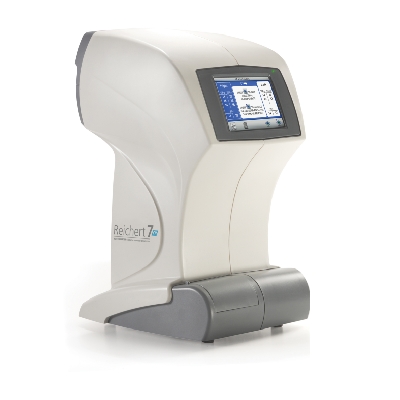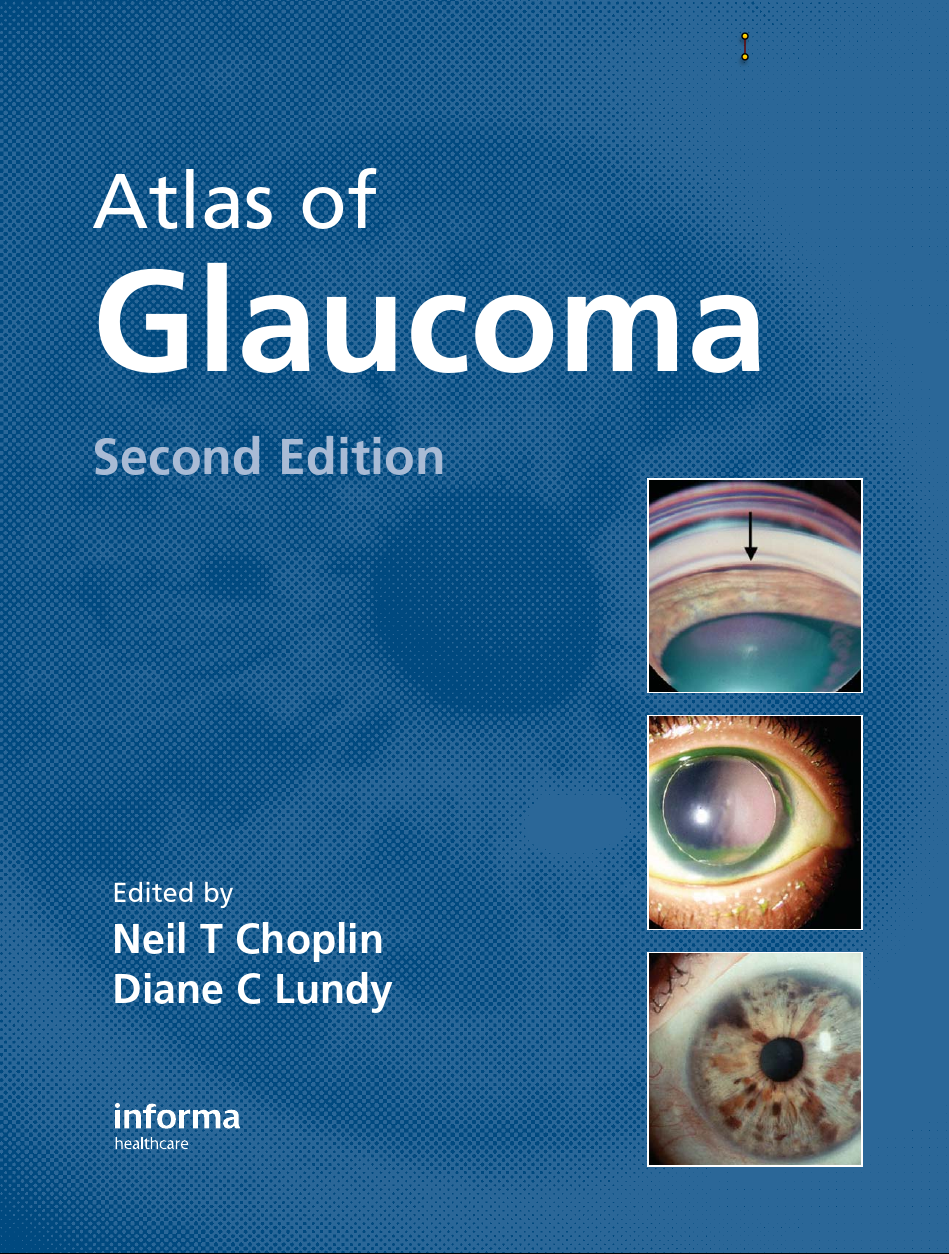Leading Medical Specialists From Around the World Coalesce Around Home Monitoring For Glaucoma Patients
Leading Medical Specialists Support Self-Monitoring of Eye Pressure by Glaucoma Patients;
Home Monitoring has Potential to Transform Glaucoma Treatment, Says Co-Author of Recent Journal Article
 Growing recognition among leading ophthalmologists and glaucoma specialists of an alternative option for measuring pressure in the eye may offer new hope for four million Americans – and millions more people worldwide – who risk permanent blindness, says a co-author of a recent article in the Survey of Ophthalmology.
Growing recognition among leading ophthalmologists and glaucoma specialists of an alternative option for measuring pressure in the eye may offer new hope for four million Americans – and millions more people worldwide – who risk permanent blindness, says a co-author of a recent article in the Survey of Ophthalmology.

 That statement, from a 2011 article by the Senior Editor of "Review of Ophthalmology," captures the motivation that lead to the creation of FitEyes six years ago and that has continued to motivate our engagement with high frequency home eye pressure monitoring (where we recommend multiple measurements per day).
That statement, from a 2011 article by the Senior Editor of "Review of Ophthalmology," captures the motivation that lead to the creation of FitEyes six years ago and that has continued to motivate our engagement with high frequency home eye pressure monitoring (where we recommend multiple measurements per day).
 I think the following list represents some of the most informative and useful articles on FitEyes.com. There are thousands of articles on FitEyes.com, so many good ones will not be on this list. But this list is a good place to start reading if you are new to FitEyes.com. If you are not new to our site, please make sure you have seen these articles.
I think the following list represents some of the most informative and useful articles on FitEyes.com. There are thousands of articles on FitEyes.com, so many good ones will not be on this list. But this list is a good place to start reading if you are new to FitEyes.com. If you are not new to our site, please make sure you have seen these articles. First of all, from the bottom of my heart, I have to thank Dave for leading me to my purchase of my tonometer; what a fantastic instrument!
First of all, from the bottom of my heart, I have to thank Dave for leading me to my purchase of my tonometer; what a fantastic instrument! If you register and login, you should have access to all the content on
If you register and login, you should have access to all the content on 
